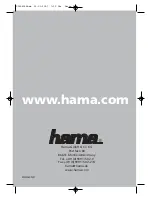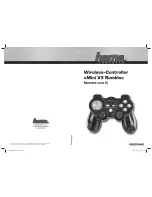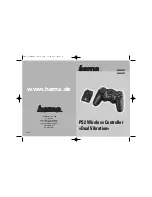
PLATINUM
TM
Series User’s Guide
44
Reference Section: Programming Mode (PRoG)
5.5.2
Autotune Timeout (PRoG > PId > A.to)
Select the Autotune Timeout (
A.to
) parameter.
Set the amount of time before the autotune process gives up and times out in Minutes and
Seconds (MM.SS). Slowly responding systems should have a longer time out setting.
Select the indicated setting.
5.5.3
Autotune (PRoG > PId > AUto)
Select the Autotune (
AUto
) command. The unit displays
StRt
.
Confirm Autotune activation. The unit attempts to optimize the
P
,
I
, and
d
settings by
stimulating the system and measuring the response. If the
A.to
time out period expires before
the autotune operation can complete, the unit displays a failure message
E007
. If the
autotune operation completes successfully, the unit displays the message “
doNE
”.
5.5.4
PID Gain Settings (PRoG > PId > GAIN)
Select Gain (
GAIN
) to manually adjust the PID factors. You can then manually set the
parameters for control. Setting
I
to zero sets the controller for “PD” control, setting
d
to zero
sets the controller for “PI” control, and setting both
I
and
d
to zero sets the controller for
“proportional” control. Most of the time you are better off using autotune and adaptive
tuning and letting the system optimize its own PID factors. The
P
,
I
, and
d
factors are used to
calculate output power according to the following equation:
%On = P*e + I*SUM(e) + d*(de/dt)
•
%On = %Power for Analog Outputs or %On Width for PWM Outputs
•
e = Error Function = Setpoint – Process Value
•
SUM(e) = A summation of the Error Function over time
•
de/dt = The rate of change of the Error Function over time
The
P
,
I
, and
d
factors can initially be set using the autotune function and then fine-tuned
manually. Default numeric formats for these parameters are ###.# for
P
and
I
and ##.## for
d
,
but the entries can autorange based on the autotune results.
Omega Engineering | www.omega.com
















































